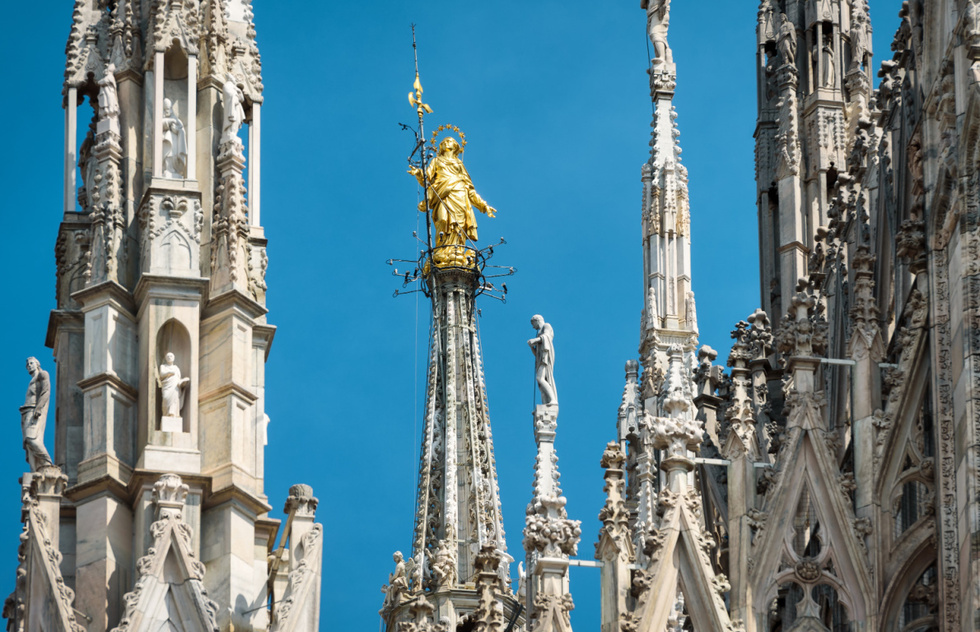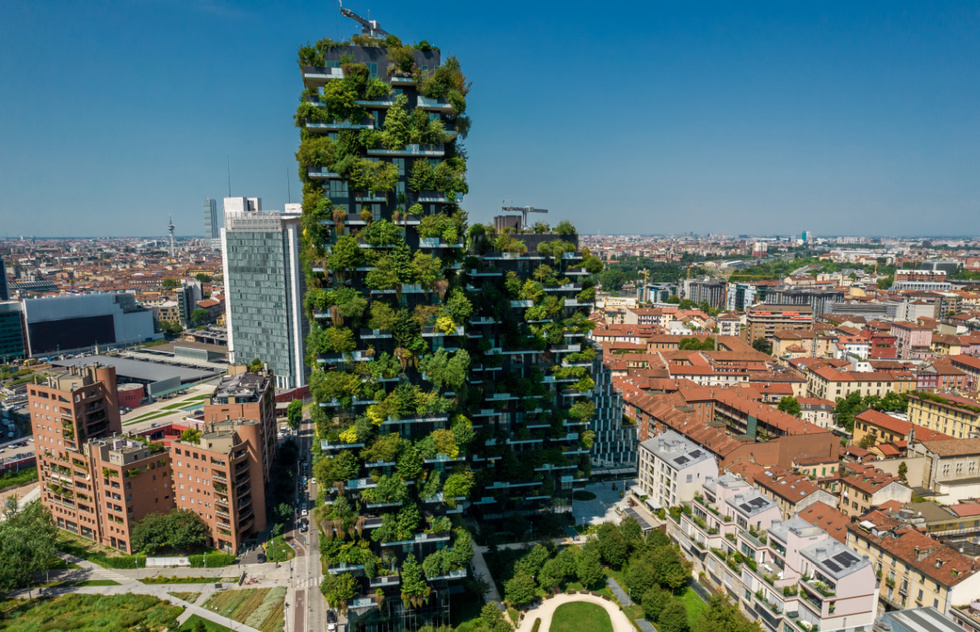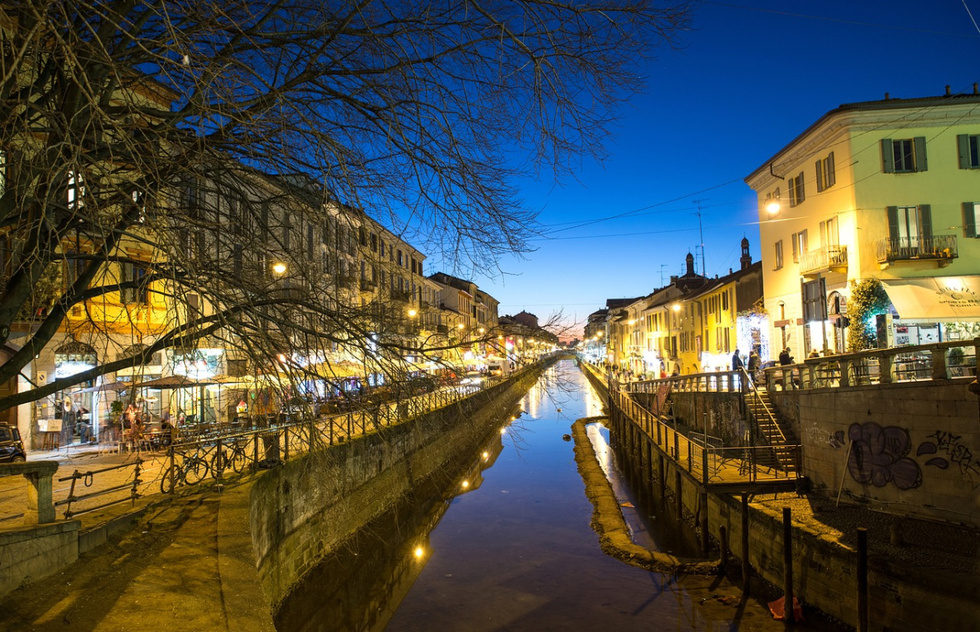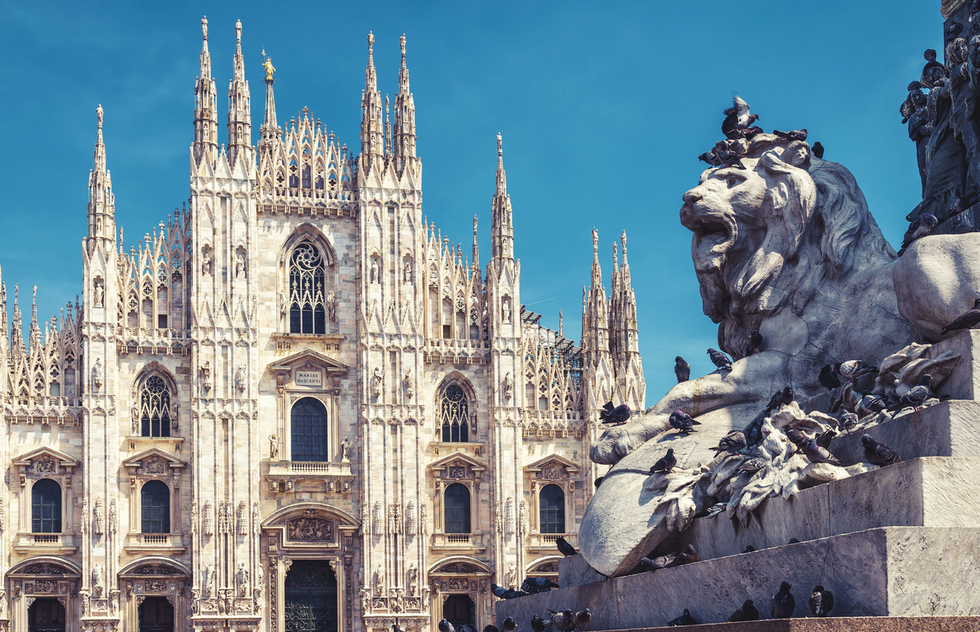Milan was once seen as a chilly northern city clouded in fog. Aside from the impressive and imposing 14th-century Duomo (pictured above), Milan’s treasures and attractions were less in-your-face than in other Italian cities, such as Venice, Florence, and Rome.
Many visitors to Italy fly into Milan because it’s a convenient and strategic international hub—not to mention that international flights to Milan are often cheaper than to other Italian cities, starting with Rome.
But if you race off to nearby Lake Como or Verona as soon as setting down in Milan, you’re missing out on a city undergoing exciting transformation.
Much like the people who live there, Milan may seem to prefer elegant restraint to braggadocio. But that doesn’t mean Italy’s capital of finance, fashion, and design doesn’t merit a stop on your travel itinerary.
Big changes arrived when the world’s fair known as Expo 2015 was held here, leading to a sweeping urban revitalization plan that transformed the city with modern new skyscrapers, expanded green spaces, and more cultural events that aren’t just for insiders (like the fashion shows and famous spring design exhibition).
The effects of the expo, combined with Milan being the chosen locus for former Italian expats returning home post-Brexit—and bringing a bit of London attitude with them—have led to a more international flair in the city and a renewed sense of vibrancy that can be felt in the patchwork of neighborhoods radiating from Piazza del Duomo.
Classic Milan
 (Madonnina statue atop the Duomo in Milan | Credit: Viacheslav Lopatin / Shutterstock)
(Madonnina statue atop the Duomo in Milan | Credit: Viacheslav Lopatin / Shutterstock)
As a matter of fact, that very square is a good place to start your visit. The piazza has evolved a lot over the years, much like the grand cathedral that took more than six centuries to build.
If you are short on time, you can skip the line to go inside the church and summit the Duomo instead. There are tickets available for either the elevator or to take the stairs.
At the top, you can stand among the spires and under the golden Madonnina statue and admire the Alps in the near distance as well as the towering skyscrapers of the city’s newer neighborhoods.
For a bite to eat or to escape the throngs of tourists, pop over to the artsy, cobblestoned Brera district, passing through the elegant store-lined Galleria Vittorio Emanuele II—said to be the world’s first shopping mall—and sidestepping La Scala opera house.
Brera is home to the Pinacoteca painting gallery, with some of the most famous Italian masterpieces from the 13th to the 20th centuries. Nearby, you’ll find smaller art galleries and an array of cute bars and restaurants that are surprisingly good despite their proximity to the major tourist attractions.
New Milan
 (Vertical Forest buildings in Milan | Credit: Audrius Venclova / Shutterstock)
(Vertical Forest buildings in Milan | Credit: Audrius Venclova / Shutterstock)
About a mile north of the Brera district is the heart of “new Milan": Piazza Gae Aulenti, named for one of Italy’s most famous female architects. This circular “square” is sleek and modern, surrounded by some of the tallest new buildings in the city, with the famous “Vertical Forest” buildings—covered in 2,000 species of plants—looking on.
Radiating from the square is the tony Corso Como shopping street, which is also home to several bars and a famous discoteca from which rowdy crowds spill onto the Corso later in the night. On the other side of the piazza, the up-and-coming Isola neighborhood has its own array of bars and restaurants as well as a vibrant arts scene.
Canals, Contemporary Art, and a Future Olympic Village
 (Canal district in Milan | Credit: Pixabay)
(Canal district in Milan | Credit: Pixabay)
Another recently revitalized area is Milan’s canal district, the Navigli zone, situated southwest of the city center and reachable via the green Metro line. Designed in part by Leonardo da Vinci, the Navigli was once a hub for the city’s network of waterways for transporting goods into Milan and taking local aristocrats from their city palazzos to their country villas.
Today, this district is full of bars, restaurants, and art galleries. It’s a great place to try out Milan’s famous pre-dinner aperitivo ritual. Order a drink—usually accompanied by complimentary snacks such as focaccia, salumi, and olives—and watch the world drift by along the canals.
Milan is famous for its Quadrilatero della Moda luxury shopping district in and around Via Monte Napoleone right in the center of town, but if you are looking for a souvenir or keepsake that captures the city’s affinity for design, check out the Rossana Orlandi gallery and concept store.
During Milan’s Design Week in the spring, this space is always at the center of the action given that it represents everything that makes Milan a creative hub as well as its ability to be open to influences from around the world. Opening hours can be sporadic, so you may need to make an appointment; find contact info at the gallery’s website.
As Milan gears up to host the 2026 Winter Olympics (along with Cortina d’Ampezzo up in the mountains), a whole new neighborhood is coming to life southeast of the city center. The Fondazione Prada arts center is located right at the heart of where the Olympic Village is taking shape.
Housed in a complex that was once a gin distillery, the Fondazione Prada showcases contemporary art exhibits in a space that’s interesting in its own right. Celebrity architect Rem Koolhaas designed the complex, and filmmaker Wes Anderson designed the bar inside.
While this former industrial zone is still being developed, the nearby Porta Romana neighborhood has an eclectic mix of bars and restaurants as well as thermal baths inside the ancient Spanish walls in this part of town.
With all Milan’s intriguing new offerings in art, architecture, nightlife, and urban exploration, there’s now a lot more to the city than fog and fashion shows. If you plan to fly through the city, be sure to stick around for a day or two.






